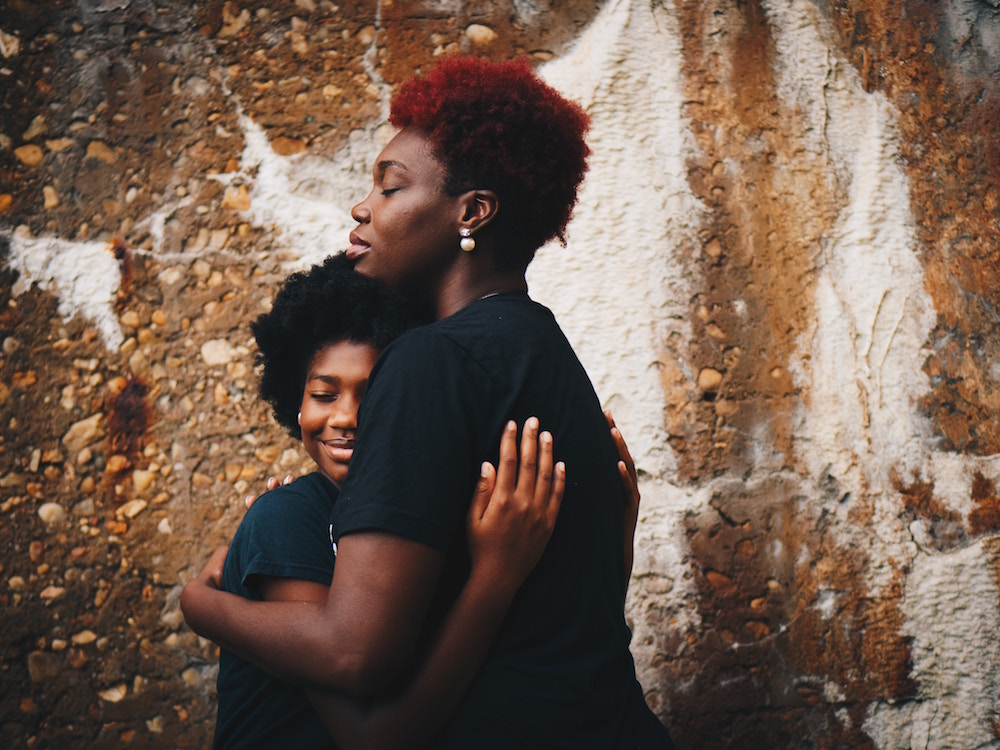
Even in the most loving of families, family life can be chaotic! Trying to balance homework, mealtimes, laundry, extra-curricular activities for different people with their own needs, desires and stresses can be difficult. Which is why we sometimes (or maybe often) do not react from a place of compassion and kindness with the people we love the most. By bringing mindfulness into your family, everyone can learn the tools to help reduce their stress and manage their emotions, which will bring the family closer and more connected.
Mindfulness means to pay attention to what you are experiencing in the present moment. Scientific research shows that mindfulness can help people reduce stress, improve focus and attention, manage difficult emotions and feel compassion and empathy. By practicing as a family, parents can also benefit from these amazing tools. While there are many ways to practice mindfulness, here are a few ideas to easily bring mindfulness into your home:
- Slow Down Your Meals
Mealtime is a great opportunity to practice mindfulness with the family. Pausing before you start eating to express your appreciation for the meal, all of the people involved in getting that meal to the table and the chance to come together as a family helps to bring everyone’s minds to the present moment. Encourage your family to slow down and observe the meal – the colours, shapes and textures. Take a moment to savour the aroma and see if you can identify some of the ingredients used. Then take the first bite together, chewing slowly to notice the textures, temperature and flavours in your mouth. Take turns sharing your observations, as each person may perceive the same meal in amazingly different ways.
2. Go Outside
Spending time in nature provides good food for the senses, which makes it great for mindfulness practice. You can go for a walk and listen carefully for sounds you may typically overlook such as the sounds of birds in the trees or even your own breath. You can look around and see if you can notice some detail that you may not have noticed before such as a new flower blooming. Or simply stop to look at the clouds floating by, appreciate the sunset or the stars twinkling in the sky. Spend time observing without talking at first and then take some time to share your experiences with each other.
3. Gratitude Practice
One scientifically proven way to boost your mood, build positive relationships and improve your overall wellbeing is to feel and express gratitude. The beauty of a gratitude practice is you can do it anywhere – at the dinner table, at bedtime or in the car on the way to school. Simply have everyone share 3 things that they are grateful for. Asking your children to elaborate on why they feel grateful helps you to get to know them better and helps them to focus on positive things in their lives. It is also a great practice if they can express their appreciation to someone, as that not only makes them feel good, but the receiver as well.
4. Mindful Hugs
Sometimes all we need is a hug. Hugging boosts the feel-good hormone oxytocin and reduces the stress-producing hormone cortisol making us feel happy and relaxed. It is also a great way to model affection at home. As our lives get more hectic and the children grown older, we sometimes lose these important practices that keep us connected. Take a long 20-second hug and pay attention to how you feel doing it. Or you can take 3 deep breaths together as you hug, feeling your body relax with each breath. Give yourself the time to notice your love for your family in that moment.
One common ingredient required for these mindfulness practices is to unplug – turn off the devices so you can connect. Mindfulness is not a quick fix to your household frenzy. It takes time to move away from our autopilot responses and create new habits. But the more you incorporate mindfulness into your normal routines, the closer the family will become. And together you will have the tools and a strong bond to rely on in challenging situations.
